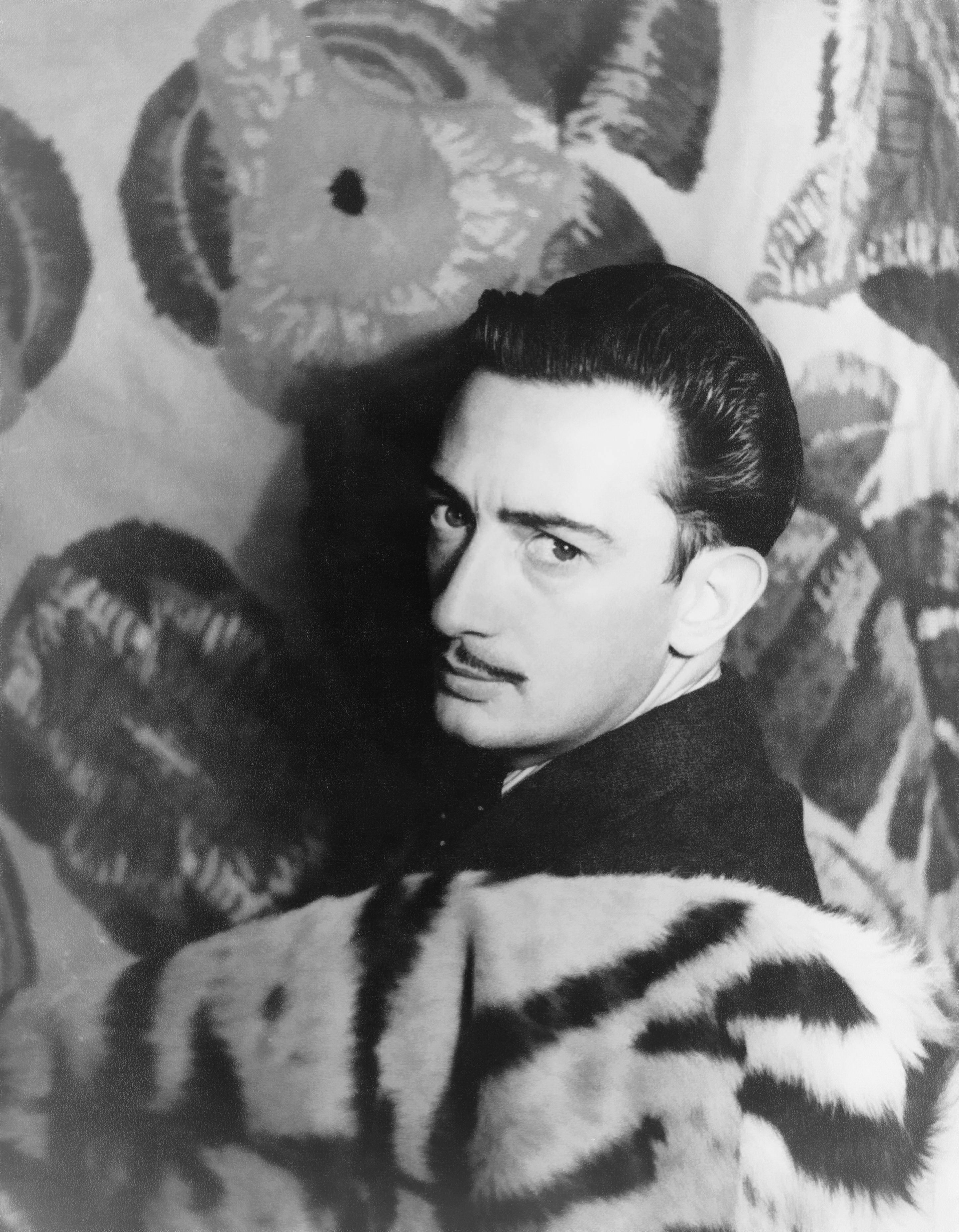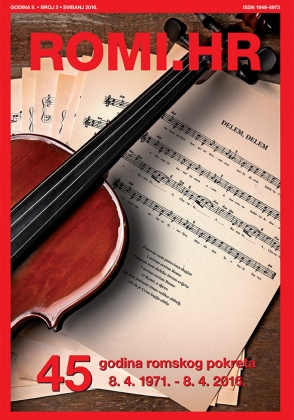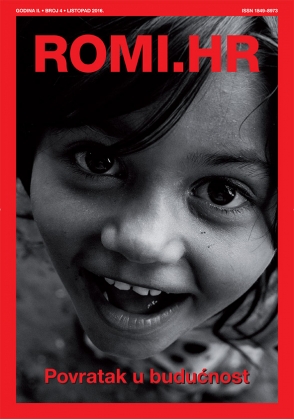Features ROMI.HR
/Salvador Dalí, known for his surrealist masterpieces, also created striking portraits early in his career that focused on the Roma people, capturing their strength, mystery, and individuality. These works, painted before he embraced surrealism, reveal Dalí’s fascination with those on the margins of society and offer a unique glimpse into his evolving artistic identity.
Salvador Dalí, born in 1904 in Figueres, Spain, is considered one of the most important artists of the 20th century. He was a painter, sculptor, writer, and a key figure in the Surrealist art movement. Dalí is best known for his bizarre, dreamlike works filled with strange, sometimes shocking images. His unique style was inspired by his vivid imagination and love for the unconscious mind, influenced by the psychoanalytic theories of Sigmund Freud.
Dalí's artistic style is described as Surrealism, which occurred in 1920s and focuses on depicting dreamlike, illogical scenes. Surrealists often combined reality with fantasy, playing with the boundaries of what we know and what we imagine. Dalí’s paintings often feature melting clocks, distorted figures, and landscapes that seem to come straight out of a dream. His work is famous for its meticulous detail and incredible precision, despite the chaotic or impossible subjects he depicted, which made him the main figure of the movement.
Dalí’s decision to depict Roma people in his early works reflects both his surroundings and his interest in those who lived on the margins of society. In Spain, especially in regions like Catalonia and Andalusia, where Dalí spent much of his youth, the Roma were a visible part of the cultural landscape. Their connection to Flamenco music, their nomadic lifestyle, and their vibrant cultural traditions likely fascinated Dalí, who had a natural inclination toward the unusual and unconventional.
Furthermore, the Roma represented a kind of freedom and mystery—qualities that aligned with Dalí’s emerging surrealist sensibilities. He saw in them a rejection of mainstream, bourgeois values, something that surrealism itself embraced. Surrealists sought to challenge society's norms and embrace the irrational, the dreamlike, and the unconventional. To Dalí, Roma people symbolized many of these ideals, even though his portrayal of them was more influenced by romanticized and stereotypical European ideas than by a deep understanding of their culture.
Salvador wrote several pieces depicting Roma. One of them is "Portrait of a Gypsy" (1921) was created when Dalí was still a young artist, and shows a Roma man with intense features, staring directly at the viewer. While the painting predates his surrealist phase, it reflects his early interest in depicting the people around him, including marginalized communities like the Roma. The colors are muted, and the background is of a simple navy blue color, allowing the viewer to focus on the man's face: his big eyes, and smiling expression. Furthermore, the white shirt of the man is wide open which could symbolize a freedom associated with the community. There are no particular signs that namely Roma person is on the painting except its name.
The style of the piece is still more grounded in realism than surrealism, with clear lines and attention to detail, showing Dalí’s technical skill as a draftsman. The work likely reflects Dalí's interest in the Roma people as figures of mystery and outsiders in society, which would become a recurring theme in his later works.
In Salvador’s early painting “Two Gypsy Lads” (1921), Dalí portrays two young Roma boys. Like "Portrait of a Gypsy," this piece is more rooted in realism, though it is clear that Dalí is already experimenting with emotional depth and expression in his figures. The boys are depicted with a sense of roughness and earthiness, characteristic of how Roma were often portrayed in European art. Their tattered clothing and solemn expressions might reflect Dalí’s view of the hardships faced by the Roma community, though the painting still veers towards romanticizing their way of life.
What stands out in this work is the contrast between the two boys—one appears more serious and withdrawn, while the other has a mischievous glint in his eye. This hints at Dalí’s growing interest in dualities and contrasts, which would become central to his later surrealist pieces. The background of the work has a plethora of colors and objects that makes a viewer look at the picture with precise attention: a woman in yellow walking down the street; a man in checked hat standing near a carriage; a chain of drying clothes between trees; a string of buildings. What connects this painting with the previous one is that blue color is dominant on both of them.
By 1923, Dalí’s style was becoming more refined, though still not yet fully surrealist. In the portrait "Gitano de Figueres (Gypsy from Figueres)" (1923), he paints a Roma man from his hometown of Figueres, giving him a sense of dignity and individuality that contrasts with the more generalized, romanticized depictions of Roma people at the time. The man’s clothing and expression suggest that Dalí was focusing on a real person rather than a stereotypical figure. The portrait has a more personal, intimate feel compared to his earlier works.
This piece of art features a muted and one more time earthy color palette. The man’s skin is depicted in warm tones of brown, with touches of red to emphasize the texture and ruggedness of his face. Dalí uses shadows effectively to bring out the contours of the man’s features, giving the portrait depth and dimensionality. The Roma person sitting or standing in a simple, undefined space. His expression is serious and introspective, and he looks slightly off to the side rather than directly at the viewer. His facial features are strong, with a well-defined jawline, deep-set eyes, and prominent cheekbones, emphasizing his weathered, experienced appearance. His hair is dark and slightly disheveled, adding to the sense of realism.
The man wears clothing in dark, subdued colors, likely in shades of brown, gray, or black, which appears to be simple and modest, possibly a worn jacket or vest, reflecting the humble life of many Roma people. The Roma person is sitting on the chair barefoot, which can be an indicator of poverty. His pose is relaxed, with cigarette in his hand. He has a guitar resting by his side, known as national instrument of Roma and could potentially show us the occupation of the man. The background is supposedly Dali’s atelier as there is another kind of painting and some piece of cloth and a fruit which could be a still-life. Painter’s attire lacks the bright colors and patterns often associated with romanticized portrayals of Roma people, instead focusing on a more realistic representation of someone from the working class.
There is no significant historical evidence that Salvador Dalí had extensive personal contact with the Roma community. His depictions of them seem more inspired by a general fascination with marginalized or mystical groups rather than any meaningful personal connection.
By including Roma in the art, Dalí added to the cultural imagination surrounding the Roma, placing them within the broader conversation of artistic representations of marginalized communities. His art brought attention to the Roma, but like much of European art at the time, it was through the lens of an outsider. It is essential to understand that while Dalí’s works contributed to the visibility of the Roma, they also reinforced certain stereotypes rather than challenging them.
 Back to Features
Back to Features













